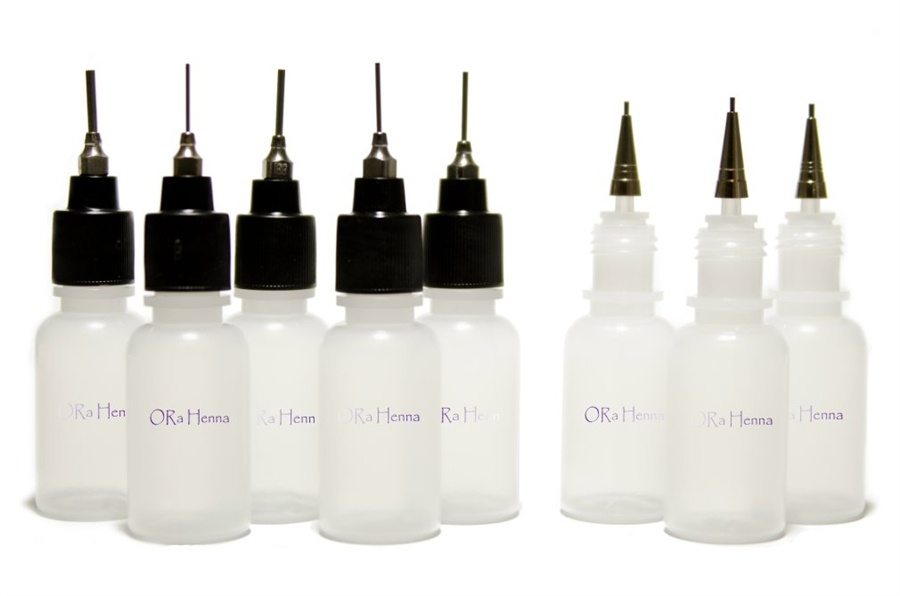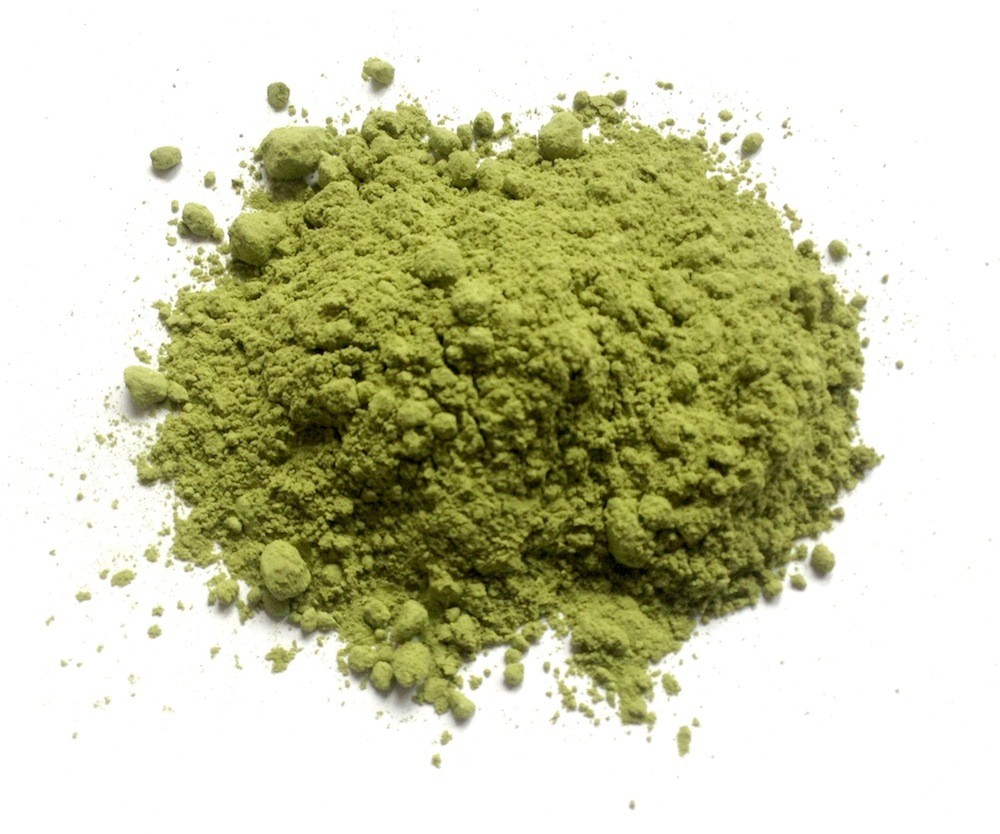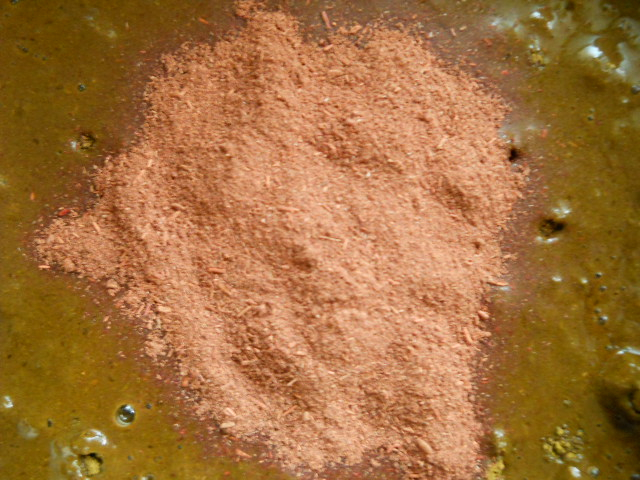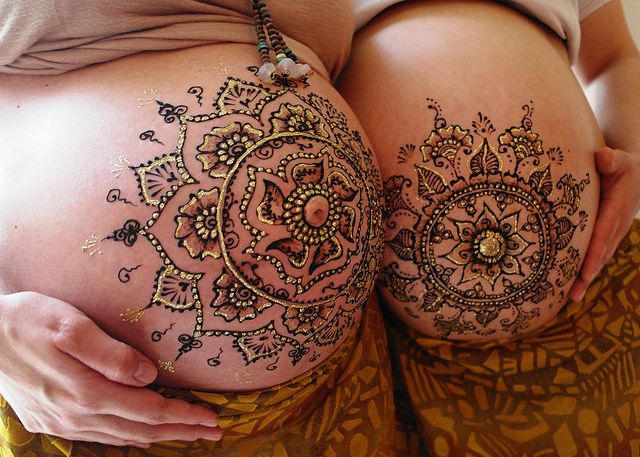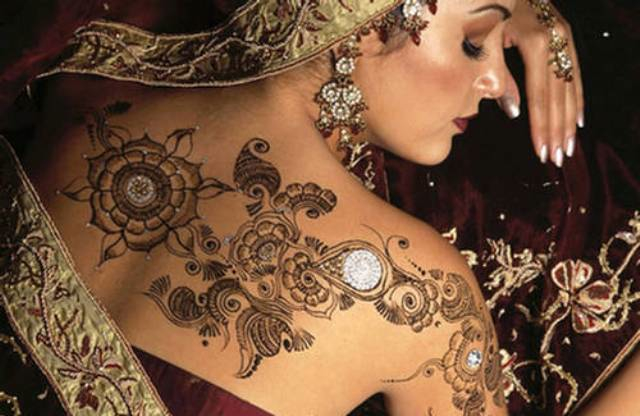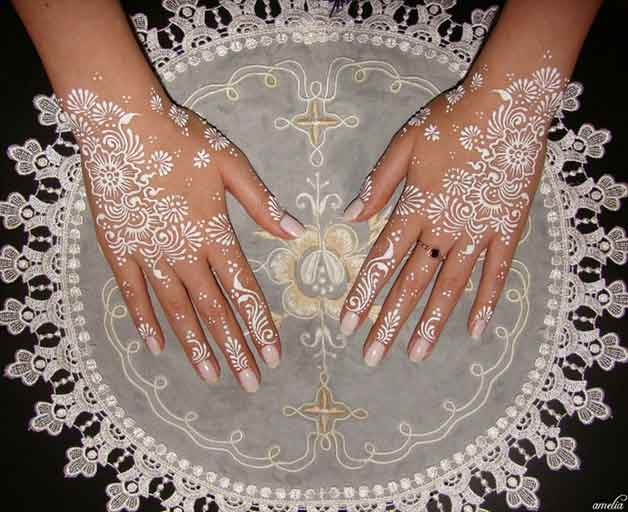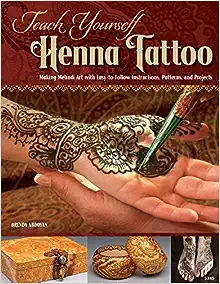23 Sep Do you know what is in your beauty products?
Do you know what is in your beauty products?
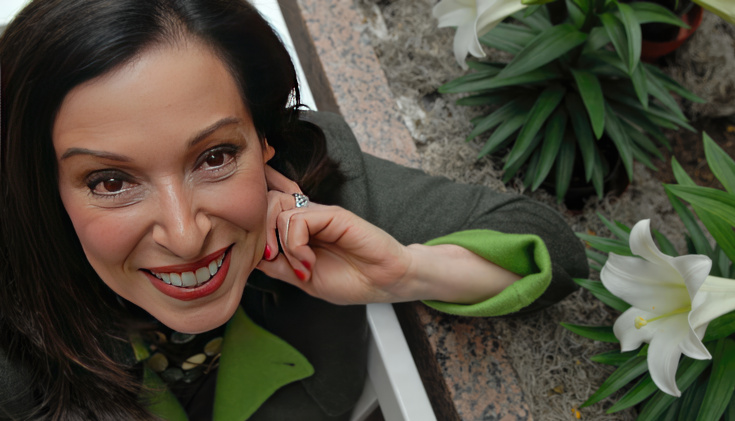
On week 28 we would like to introduce you to Paula Begoun. If you are the kind of person that likes to know what is in the ingredients of what you eat, use on your skin or anywhere on you or family members and pets, you would love to meet Paula Begoun. She has a site where you can find out what the ingredients of most of the products on the market contain.
I personally like to know what the cosmetic industry says is really what they say it is or if I can avoid harsh chemicals that after time and time of usage may be working against my wellbeing and the wellbeing of the actors that I apply these products on.
She is very accurate and has lots of integrity, let’s read what she has to say, and if you need to check a product you can use the links we provided and get your own answers and enjoy the whole site.
Have fun and share, don’t forget to like us on Social media. If you do it makes a huge difference in the world of Blogs and popularity to have sponsors thank you for your help from all of us at I-RAMA
Great site for information, it is a must!
Who is Paula?
Paula Begoun is the creator and tremendous innovative force behind Paula’s Choice skin care and cosmetics company. Her very informative website includes reports on skin care and links to video demos, is Cosmetics Cop. She is the author of 18 best-selling books including Don’t Go to the Cosmetics Counter Without Me, Blue Eyeshadow Should Be Illegal, The Original Beauty Bible, and Don’t Go Shopping for Hair-Care Products Without Me. Paula’s books have sold more than 2.5 million copies worldwide WOW no joke!
Her hard work as a nationally-recognized consumer expert for the cosmetics industry has led her to the repeat appearances on CNN, as well as programs such as Oprah, The Today Show, 20/20, Dateline NBC, The View, and Dr Ozand many International interviews.
Paula’s Story: In Her Own Words
Paula:
From the very beginning of my career, my goal has been to help women find products that will give them the skin they’ve always wanted for myself and at the same time educate them —whether you use Paula’s Choice products that I developed and formulated or those from other brands. I have the unique distinction of being the only cosmetics company founder in the world who recommends products other than my own as long as they are safe to use.
I created Paula’s Choice as the result of my own frustrations when I was a young teenager trying to find products for my problem skin and then, later in life, for wrinkles and skin discolourations and the challenges that came with maturing. My complexion was a mess and, so many of you, the skin-care products I used either didn’t help or made matters much worse.
Paula’s Choice is a really comprehensive selection of skin-care and select makeup products that meet my very strict criterion for excellence based only on what published research shows is effective and safe to use. My products are guaranteed to exceed your expectations.
I have provided state-of-the-art formulas that are always fragrance-free, ecologically responsible, and never, never tested on animals I make sure of that. I like to invite you to let my many years of research and acquired knowledge benefit your skin and your whole persona. With Paula’s Choice, healthy, youthful, radiant skin is a result you can count on!
In the early 1990s, Paula started work with a team of cosmetic chemists to develop her own line of skincare and cosmetics. Her products offer results based on published, her proved research and her extensive research of the cosmetic industry provided her with the expertise necessary to develop these formulations. In 1995, Paula Begoun started selling her products online. This led to some consumers to question the objectivity of her product reviews. She responds to these concerns, she claims that Paula’s Choice is one of the only companies that recommends products other than their own.
Begoun remains a consultant for dermatologists, plastic surgeons, major cosmetics companies, news and industry insiders with great results. She positions herself as an internationally recognized authority and consumer advocate for the cosmetics and hair-care industries and routinely appears on news and talk shows, including CNN, Oprah, The Dr Oz Show, and The View. to mention a few
If you are looking for the latest information on product ingredients and safety Cosmetics Cop will take you for a journey that not only connect you to your power that is to choose what you pay for and what is in the products you consume, pretty powerful if you ask me, we wish for all of you to skim the milk sort of speak in the sense that what product companies tell you it may not be so much of the bottom line, and you the consumer have the right to know, don’t you think? so here we go.
Don’t Go to the Cosmetics Counter Without Me by Paula Begoun
This book helps women find products that make them look great without spending a fortune. From drugstores and home shopping to department stores and catalogs, Paula Begoun and her team review the hottest skin-care and makeup products major cosmetic and skin-care lines. Regardless of the price tags, there are good and bad products in almost every line and with the turn of a page, readers can get concise reviews and fast answers in this completely revised edition. A user-friendly rating system makes it easy to find items worth trying. Paula also includes skin care basics and tips on which ingredients to look for so you get the results you want.
The Original Beauty Bible: Skin Care Facts for Ageless Beauty
The all-new third edition of The Original Beauty Bible is Paula Begoun’s most comprehensive book yet. Exhaustively researched, this refreshingly honest guide cuts through marketing hype to educate consumers on all aspects of beauty, including how to assemble a state-of-the-art skin-care routine, choose a cosmetic surgeon, and apply makeup like a pro. It provides the latest research and information on every imaginable cosmetic innovation, with a special emphasis on skin-care ingredients, and explains the pros and cons of all types of cosmetic surgery and corrective procedures in an engaging, easy-to-understand style. Covering the most critical topics in beauty in a factual, no-holds-barred manner, and packed with money-saving tips, The Original Beauty Bible affirms Begoun’s reputation as “The Ralph Nader of Rouge.” For readers of all ages, it’s the ultimate guide to smart beauty.
Ingredient Dictionary from Paula’s Choice
Ratings according to Paula’s Choice
ACRYLATES/DIMETHICONE COPOLYMER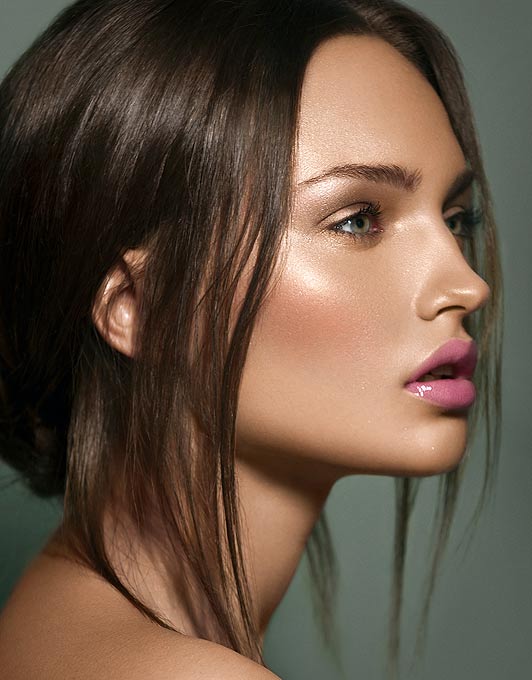
GOOD
Silicone-enhanced film-forming agent. Also, functions as a binding agent so products adhere better to skin. See film-forming agent
A large group of ingredients typically found in hair care products, but that also are widely used in skin care products, particularly moisturizers. Film-forming agents include PVP, acrylates, acrylamides, and various copolymers. When applied they leave a pliable, cohesive, and continuous covering over the hair or skin. The film has water-binding properties and leaves a smooth feel on skin. Film-forming agents can be weak skin sensitizers, but this almost always depends on the amount used; lower amounts generally are not problematic.
It creates the gloss for skin care, makeup and hair products
ACRYLATES/STEARETH-20 METHACRYLATE COPOLYMER
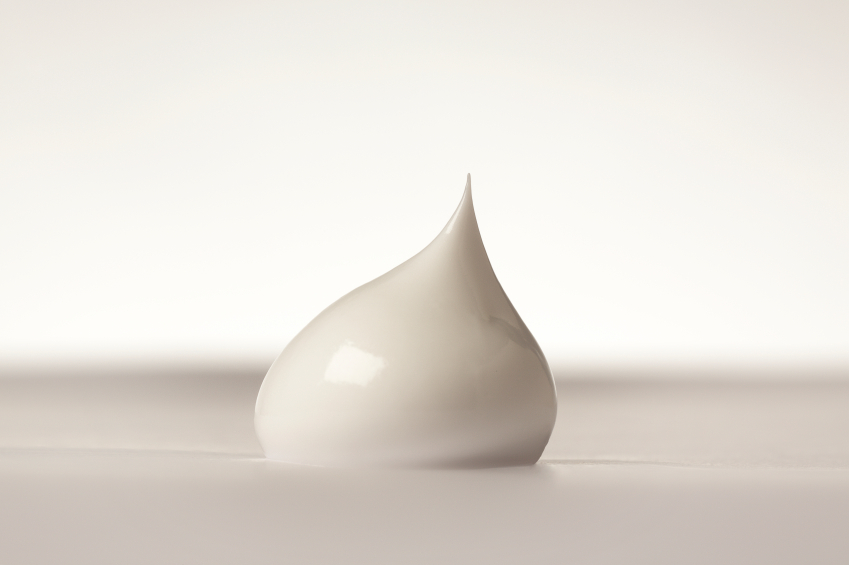
close up detail of beauty cream on white back ground
GOOD
Is absorbent, adhesive, artificial nail builder, binder, haircareemulsion stabilizer, film former, Hair fixative, suspending agent- nonsurfactant, viscosity increasing-aqueous, it gives the emollient feel.
What is the term ACTIVE INGREDIENT?
GOOD
An ingredient in a cosmetic, a drug, or a pharmaceutical product that is considered to have a pharmacological effect. when we refer to cosmetics, the effects on the skin must be documented by scientific evaluation, approved by the FDA, and fallow the FDA regulations. The amount and exact function of each active ingredient must be approved by the FDA after the documentation is turned in. Active ingredients include such substances as sunscreen ingredients, skin-lightening agents, and anti-acne ingredients such as sulfur and benzoyl peroxide and many other that have a claim. The FDA also specifies that the most active ingredient list must be showned first on a product label. See inactive ingredient
ADENINE
GOOD
Component of DNA that carries genetic information to the cell. See DNA
DNA is the abbreviation for deoxyribonucleic acid. DNA is found in all of our cells. It is the primary component of genes— genes are the means by which cells transmit hereditary characteristics to us. DNA is the basis for all genetic structure ; DNA components include adenine (A), guanine (G), thymine (T), and cytostine (C). It is the mapping of these substances that makes up the genetic code of all human traits and all our cellular functions.And also DNA is the genetic material that is required for all cellular division and growth. Including Asuming that added DNA has any value in a skin-care product is pointless because it cannot affect a cell’s genetic elements at all. The formation of DNA is a complex process within the cell that requires a multitude of proteins and enzymes for it to have an effect on the body’s genetic material. It is also doubtful that you would want to ever put anything on your skin that could affect genetic material don’t you think? quite dangerous, particularly via a cosmetic for which there are no safety or efficacy regulations I wouldn’t give it a chance. Beyond that, any successful attempt to affect what DNA does would potentially create a significant risk of shade efeccts.
According to http://pubchem.ncbi.nlm.nih.gov/compound/adenine#section=Pharmacology
Adenine (sometimes known as vitamin B4) combines with the sugar ribose to form adenosine, which in turn can be bonded with from one to three phosphoric acid units, yielding AMP, ADP and ATP . These adenine derivatives perform important functions in cellular metabolism. Adenine is one of four nitrogenous bases utilized in the synthesis of nucleic acids. A modified form of adenosine monophosphate (cyclic AMP) is an important secondary messenger in the propagation of many hormonal stimuli. Adenine is an integral part of the structure of many coenzymes. Adenosine (adenine with a ribose group) causes transient heart block in the AV node of the heart. In individuals suspected of suffering from a supraventricular tachycardia (SVT), adenosine is used to help identify the rhythm. Certain SVTs can be successfully terminated with adenosine.
ADIPIC ACID/NEOPENTYL GLYCOL/TRIMELLITIC ANHYDRIDE COPOLYMER
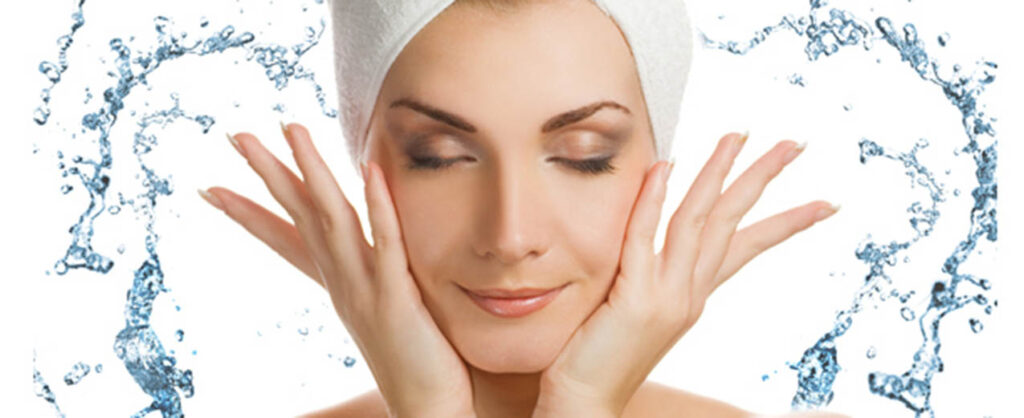
Coconut oil
GOOD
synthetic polymer. See film-forming agent
A Large group of ingredients typically hair care products, but that also are widely used in skin care products, particularly moisturizers. Film-forming agents include PVP, acrylates, acrylamides, and various copolymers. When applied they leave a pliable, cohesive, and continuous covering over the hair or skin. The film has water-binding properties and leaves a smooth feel on the skin. Film-forming agents can be weak skin sensitizers, but this almost always depends on the amount used; lower amounts generally are not problematic.
Like Glycerine it binds and adds moisture.
ADVANCED GLYCATION END PRODUCT
POOR
Advanced glycation end products, also known as AGEs, are caused by the body’s major fuel source, namely glucose. This simple sugar is essential for energy, yet it also can bind strongly to proteins (the body’s fundamental building blocks) and form abnormal structures (AGEs) that progressively damage tissue elasticity. The glucose itself isn’t damaging, it’s what happens when glucose transforms into AGEs that’s the problem. Refined sugar from our diets is a major source of AGEs, and more research is revealing a diet high in sugar causes the body to age faster Wow! we knew that sugar was bad for are health now we know to what extent and that includes a high glycemic index so think about fast food!!! (Source: Cosmetics & Toiletries, June 2011, pages 438–444).
Once AGEs are generated, they begin a process that prevents many systems from behaving normally by literally causing tissue to cross-link and become hardened (Source: Proceedings of the National Academy of Sciences, USA, March 14, 2000, pages 2809–2813). In skin, this damage occurs to collagen and elastin, the chief ingredients responsible for skin’s firmness and ability to bounce back when stretched. AGEs also cause inflammation within the body, which is believed to play a widespread role in how we age and become more prone to disease.
The theory is that by breaking these AGE bonds you can undo or stop the damage they cause. There are studies showing aminoguanidine and carnosine to be AGE inhibitors that can prevent glucose cross-linking of proteins and the loss of elasticity associated with aging and diabetes, but many other substances are potential candidates as AGE-inhibitors as well.
One study examined over 92 substances and 29 of them showed some degree of inhibitory activity, with 9 compounds proving to be 30 to 40 times stronger than aminoguanidine (Source: Molecular Cell Biology Research Communications, June 2000, pages 360–366). Carnosine, in particular, is considered a very good inhibitor of AGEs.
AGEs and free-radical damage may be inextricably linked (Sources: European Journal of Neuroscience, December 2001, page 1,961; and Neuroscience Letters, October 2001, pages 29–32), but none of this has been shown to have relevance when it comes to topical application of these substances when they are included in cosmetics.
It is possible in the future that skin-care products will be formulated with ingredients proven to effect the formation of AGEs when applied topically. For now, eating a low sugar diet rich in antioxidants and anti-inflammatory ingredients is the best approach.
AEROCARPUS SANTALINUS
POOR
See red sandalwood
Has a phytoestrogen component (Source: Phytochemistry, March 2000, pages 605–606), but can also be a skin irritant (Source: Contact Dermatitis, January 1996, page 69).
When used externally, Sandalwood oil or Sandalwood paste (made from mixing water with Sandalwood powder) has a calming, cooling effect on body and mind. It helps relieve fever and burns and stops excessive sweating. In general, it relieves Pitta dosha and helps balance the body after overexposure to the sun. The oil or the paste can help heal skin diseases such as infectious sores, ulcers, acne, and rashes. Sandalwood powder helps smooth and cool the skin and can be made into a paste, lotion or soap for cleansing, calming and hydrating sensitive or aging skin. Sandalwood acts as a disinfectant, diuretic, expectorant and sedative. It is bitter, sweet, astringent and cooling. Sandalwood balances the circulatory, digestive, respiratory and nervous systems. –
The Sultan of Mysore declared Sandalwood to be a royal tree in 1792. Every Sandalwood tree is still under the protection and ownership of the Indian government today, even when grown on private land. The individual who owns the land receives 75% of the proceeds in return for planting and protecting the tree until it reaches maturity. Due to an increased demand in medicines, perfumes, and cosmetics that contain Sandalwood oil, and due to the decreased availability as smugglers cut down trees and export them illegally, prices have skyrocketed in recent years. At this time it is illegal to export the wood from India, although the oil can be exported.
See more at: http://www.mapi.com/ayurvedic-knowledge/plants-spices-and-oils/sandalwood-is-sacred.html#gsc.tab=0
AESCULUS HIPPOCASTANUM
GOOD
May have anti-inflammatory properties for skin. Taken orally, it has been shown to reduce edema in the lower leg by improving the elastic tissue surrounding the veins.
From:http://www.herbwisdom.com/herb-horse-chestnut.html
Horse Chestnut Benefits
Horse chestnut (Aesculus hippocastanum) is a traditional remedy for leg vein health. The tree is also commonly known as horse chestnut or conker tree. It tones and protects blood vessels and may be helpful in ankle edema related to poor venous return. Utilized extensively throughout Europe as an anti-inflammatory agent for a variety of conditions, in addition to being used for vascular problems. The plant is taken in small doses internally for the treatment of a wide range of venous diseases, including hardening of the arteries, varicose veins, phlebitis, leg ulcers, hemorrhoids, and frostbite.
Horse chestnut is an astringent, anti-inflammatory herb that helps to tone the vein walls which, when slack or distended, may become varicose, hemorrhoidal or otherwise problematic. The plant also reduces fluid retention by increasing the permeability of the capillaries and allowing the re-absorption of excess fluid back into the circulatory system.
The seeds are decongestant, expectorant, and tonic. They have been used in the treatment of rheumatism, neuralgia, and hemorrhoids. A compound of the powdered roots is analgesic and has been used to treat chest pains. Extracts of the seeds are the source of a saponin known as aescin, which has been shown to promote normal tone in the walls of the veins, thereby improving circulation through the veins and promoting the return of blood to the heart.
AGAR
GOOD
See algae
Algae are very simple, chlorophyll-containing organisms in a family that includes more than 20,000 different known species. In cosmetics, algae act as thickening agents, water-binding agents, and antioxidants. Some algae are also potential skin irritants.
Other forms of algae, such as Irish moss and carrageenan, contain proteins, vitamin A, sugar, starch, vitamin B1, iron, sodium, phosphorus, magnesium, copper, and calcium. Most of these are beneficial for skin, as emollients, anti-inflammatory agents, or antioxidants. However, claims that algae can stop or eliminate wrinkling, heal skin, or provide other elaborate benefits are unsubstantiated.
Algae is not a critical ingredient in skin-care products. Although it does have a positive function.
According to:http://www.webmd.com/vitamins-supplements/ingredientmono-80-agar.aspx?activeingredientid=80&activeingredientname=agar
Agar is a plant and one of the uses is for making medicine.
People take agar to lose weight, especially in Japan. In Japan, agar is called “kanten,” and it is the main ingredient in “the kanten plan” or “the kanten diet.”
Agar is also used to treat diabetes and constipation.
In dentistry, agar is used to make dental impressions.
In manufacturing processes, agar is used as an ingredient in emulsions, suspensions, gels, and certain suppositories.
Here is how it works
Agar contains a gel-like substance that bulks up in the gut. This stimulates the intestines and creates a bowel movement. That’s why agar is commonly used as a laxative.
Agar’s bulking effect also explains its use for weight loss. Agar tends to make people feel full, so they might stop eating earlier than they otherwise would. Some people think this reaction will lead to weight loss. But so far, there is no reliable scientific evidence that supports this weight loss theory.
AGARICUS BISPORUS EXTRACT
GOOD
An extract of mushroom that is thought to help regulate skin cell production by inhibiting cell growth, particularly for use in psoriasis, but research in this regard is mixed (Sources: Free Radical Research, January 2006, pages 31-39; and British Journal of Dermatology, January 1999, pages 56-60). Internally, there is research showing it can inhibit the growth of breast cancer cells and colon cancer cells (Source: Cancer Research, October 1993, pages 4627-4632).
According to: http://www.medicalmushrooms.net/agaricus-bisporus-common-mushroom/
Agaricus Bisporus has substantial amounts of Vitamin D which is good for your health. Eating the mushroom raw is discouraged because of the presence of carcinogenic hydrazine derivatives, albeit in small quantities. These unhealthy derivatives are reduced significantly by cooking.
This mushroom contains Potassium and Sodium too. The body requires potassium in the processing of carbohydrates and proteins in different ways to build muscle. It also plays a role in how the heart works. It also regulates the acid-base and contributes to the overall health of the body. Apart from the Agaricus Bisporus mushroom, potassium is also in present in meats, fish, soy, and vegetables. Potassium is a necessity in the body and therefore its deficiency can cause different diseases. When potassium falls short, blood pressure slightly rises, the heart beats get abnormal and the body muscles feel weak.
Agaricus bisporus, more commonly known as the white button mushroom, is one of the oldest and most popular fungi in the Western diet. It is a regularly added to salads, stir-fries, pasta, sauces, soups, pies and breakfasts. It is cultivated around the world for culinary purposes. In addition to its own unique flavor, eating this mushroom may provide important health and nutrition benefits when made a regular part of the diet. History Human beings have been consuming white button mushrooms since Ancient times. According to Dr. Michael Murray and Dr. Joseph Pizzorno, authors of “The Encyclopedia of Healing Foods,” ancient Egyptians believed that the Agaricus bisporus species of mushrooms held the key to immortality, while Ancient Romans revered the mushroom as one of the foods of the gods. During the 1600s, the French began to cultivate Agaricus bisporus, using dark underground tunnels beneath Paris that are still used for mushroom growing today. Cultivation of mushrooms began in the United States during the 1800s.
In addition to the nutritional benefits of this mushroom, it may have useful medicinal properties that support health and well-being. In a study published in “BMC Complementary and Alternative Medicine” in 2011, researchers studied the effects of Agaricus bisporus on human immune cells in vitro. Agaricus bisporus significantly stimulated immune activity, specifically cytokines and enzymes that are responsible for inflammation. Researchers concluded the medicinal value of Agaricus bisporus was likely due to the carbohydrate-based chemicals called mannogalactans. Because this research was performed in laboratory cells, more clinical research is required to confirm the effects of these mushrooms in humans. However, eating Agaricus bisporus regularly may have a health effect on your immune defenses.
See more at:http://www.livestrong.com/article/509382-facts-about-agaricus-bisporus/
AGE SPOTS
AVERAGE
Once referred to as liver spots, these brown skin discolorations are also not related to age, any more than they are to the liver. The skin can develop brown patches for many reasons, but the characteristic small ones on the hands, arms, chest and face are caused by sun damage. These are possible indications of precancerous conditions and should be watched carefully for changes.
Age spots — also called liver spots and solar lentigines — are flat tan, brown or black spots. They vary in size and usually appear on the face, hands, shoulders and arms — areas most exposed to the sun.
According to:http://www.healthline.com/health/age-spots#Causes2
What Causes Age Spots?
Age spots are the result of an excess production of melanin, or skin pigment. Doctors don’t always know why age spots develop. Skin aging, sun exposure, or other forms of ultraviolet (UV) light exposure, such as tanning beds, are all possible causes. You’re most likely to develop age spots on the areas of your skin that receive the most sun exposure, including:
•your face
•the back of your hands
•your shoulders
•your upper back
•your forearms
AGRIMONIA EUPATORIA LEAF EXTRACT
AVERAGE
Research shows this plant extract inhibits the hepatitis b virus and has antioxidant properties. Whether or not it has a benefit when applied topically is not known. There is no research showing it to be effective for cellulite. (Sources: Phytotherapy Research, April 2005, pages 355-358 and Journal of Ethnopharmacology, January 2005, pages 145-150)
According to:http://www.medicalhealthguide.com/herb/agrimony.htm we highly recommend you to check the site is amazing information on studies of this plant
Scientific Name: Agrimonia Eupatoria (LINN.)
Other Names: Agrimony, Agrimone, Agrimonia, Agrimonia eupatoria, Aigremoine, Church Steeples, Cockeburr, Cocklebur, Da Hua Long Ya Cao
Agrimonia, (Agrimonia Eupatoria) commonly called as agrimony, is a flowering plant of the rose family, native to the temperate regions of Northern America, Europe, and Asia. Its name agrimony came from the Greek word Agermone meaning healing to the eyes and Eupatoria from Mithridates Eupator, a Pontus king famous for having invented a complex ‘universal antidote’ against poisoning. Thus agrimony from whence its name was derived, has long been valued as an important herbal medicine through the ages. Agrimony was once considered a panacea or “all-heal” for illnesses.
Early Greeks used agrimony for the treatment of eye disorders and brewed leaves and seeds are used to treat stomach disorders such as diarrhea and irritable bowel movement.
Agrimony concoction is also used in ancient Greece for the treatment of kidney, liver and gall bladder problems.
During the middle ages, agrimony was used to treat wounds to promote healing.
In Austria, agrimony was used to treat respiratory ailments, liver, kidney and bile problems.
In ancient Northern Europe, it was used as an antidote for poison and snake bites.
In Northern America, Indians used agrimony for fever, ague, and gastrointestinal problems.
Agrimony was used as an astringent to treat skin eruptions, sores, pimples, and wounds. A decoction is mixed to the bath to wash the skin.
Extract from agrimony mixed with oil was used to treat gout and arthritis. A decoction is likewise drunk with wine is said to relieve the symptoms.
Culpeper, a noted English herbalist in mid- 17th century wrote about agrimony being used as a healing herb both for external and inward wounds. Agrimony mixed in baths was used to heal skin wounds and sores while a decoction of agrimony taken internally, sometimes with wine may heal bruises, hurts, and discomfort.
Agrimony is also used as a gargle to improve bad breath, cure sore throat and drunk to relieve a cough.
Herbalists from the 17th century including John Gerard recommended the use of agrimony for the treatment of jaundice or diseases of the liver.
Antibacterial And Free Radical Scavenging Activity Of The Seeds Of Agrimonia Eupatoria.
In a study done in Phytopharmaceutical Research Laboratory, School of Pharmacy, The Robert Gordon University, Schoolhill, Aberdeen, Scotland, UK, the n-Hexane, dichloromethane and methanol extracts of the seeds of Agrimonia eupatoria have been assessed for antibacterial and free radical scavenging activity.
AHA
BEST
Acronym for alpha hydroxy acid. AHAs are derived naturally from various plant sources and from milk, but 99% of the AHAs used in cosmetics are synthetically derived. In low concentrations (less than 3%), AHAs work as water-binding agents. At concentrations greater than 4% and in a base with an acid pH of 3 to 4, these ingredients can exfoliate skin cells by breaking down the substance in skin that holds skin cells together.
The most effective and well-researched AHAs are glycolic acid and lactic acid. Malic acid, citric acid, and tartaric acid may also be effective, but are considered less stable and less skin-friendly; there is little research showing them to have benefit for skin.
AHAs may irritate mucous membranes and cause irritation. However, AHAs have been widely used for therapy of photodamaged skin, and also have been reported to normalize hyperkeratinization (over-thickened skin) and to increase viable epidermal thickness and dermal glycosaminoglycans content, all of which lead to younger-looking skin.
There is a vast amount of research that substantially describes how the aging process affects the skin and that demonstrates that many of the unwanted changes can be improved by topical application of AHAs, including glycolic and lactic acids. Because AHAs exfoliate sun damaged cells from the surface of the skin, and because this layer imparts some minimal sun protection for skin, there is a risk of increased sun sensitivity when using an AHA. However, wearing a sunscreen daily eliminates this risk.
Note: AHAs are of little benefit when added to rinse-off products, as their contact with skin is too brief for them to function as exfoliants or absorb into the skin.
AHNFELTIA CONCINNA EXTRACT
GOOD
Algae are very simple, chlorophyll-containing organisms in a family that includes more than 20,000 different known species. In cosmetics, algae act as thickening agents, water-binding agents, and antioxidants. Some algae are also potential skin irritants. For example, the phycocyanin present in blue-green algae has been suspected of allergenicity and of causing dermatitis on the basis of patch tests.
Other forms of algae, such as Irish moss and carrageenan, contain proteins, vitamin A, sugar, starch, vitamin B1, iron, sodium, phosphorus, magnesium, copper, and calcium. Most of these are beneficial for skin, as emollients, anti-inflammatory agents, or antioxidants. However, claims that algae can stop or eliminate wrinkling, heal skin, or provide other elaborate benefits are unsubstantiated.
Algae is not a critical ingredient in skin-care products. Although it does have a positive function, it isn’t the miracle ingredient it’s often made out to be.
AJUGA TURKESTANICA EXTRACT
AVERAGE
The only research about this plant indicates that it may have anabolic steroid properties (Source: Eksperimental’naya i Klinicheskaya Farmakologiya [from a Russian scientific journal], May 1997, pages 41–44). There is no other research showing this to be of benefit for skin.
According to:http://www.naturalcompounds.org/Featured-Extracts/Ajuga-turkestanica.html
Traditional Use and Activity
A plant is used in the treatment of heart disease, muscle aches, and stomach problems. Plant extracts and isolated compounds possess a broad spectrum of biological, pharmacological and medicinal properties, such as anabolic, analgesic, antibacterial, antiestrogenic, antifungal, anti-inflammatory, antihypertensive, antileukemic, antimalarial, antimycobacterial, antioxidant, antipyretic, cardiotonic, cytotoxic, hypoglycemic, and vasorelaxing activity. The extract is offered for stimulation of aquaporins – for human skin hydration in cosmetology. The plant has hepatoprotective properties.
ALANINE
GOOD
See amino acid
Fundamental constituents of all proteins found in the body, such as alanine, arginine, asparagine, aspartic acid, cysteine, cystine, glutamic acid, glutamine, glycine, histidine, isoleucine, leucine, lysine, methionine, phenylalanine, proline, serine, threonine, tryptophan, tyrosine, and valine. Some of these amino acids can be synthesized by the body; others (known as essential amino acids) must be obtained from protein in the diet.
In skincare products, amino acids act as water-binding agents, and some have antioxidant properties and wound-healing abilities as well. Amino acids can be combined with other ingredients that have cell-communicating ability to work in unison to fight wrinkles and other signs of aging.
ALARIA ESCULENTA
GOOD
Alaria esculenta is an edible seaweed, also known as dabberlocks or badderlocks, or winged kelp. It is a traditional food along the coasts of the far north Atlantic Ocean. It may be eaten fresh or cooked in Greenland, Iceland, Scotland, and Ireland. It is the only one of twelve species of Alaria to occur in both Ireland and in the Great Britain.
According to:http://www.aubrey-organics.com/custom.aspx?id=91
Aubrey® has always been the leading manufacturer of natural skin care products. Although there are many petrochemical-laden anti-aging products on the market today, Aubrey® is committed to educating the public on healthy, natural alternatives. Alaria Esculenta, a type of nutrient-rich kelp, has many anti-aging and firming properties. Alaria Esculenta grows mainly in the Northern Atlantic. It is known for its long, golden-brown fronds, and its unique ability to withstand harsh waves. It is found just beneath the surface of the water and is known around the North Atlantic region for its nutritional value.
Alaria Esculenta extract is a clinically proven, effective ingredient for use in natural anti-aging products, and can be found in Aubrey®’s Revitalizing Night Crème and Revitalizing Moisturizer.
ALBUMIN
POOR
Found in egg white, and can leave a film over the skin. It can constrict skin temporarily, which can make it look smoother temporarily, but it can also cause irritation and is not helpful for skin.
According to:https:https://en.wikipedia.org/wiki/Albumin
The albumins (formed from Latin: albumen “(egg) white; dried egg white”) are a family of globular proteins, the most common of which are the serum albumins. All the proteins of the albumin family are water-soluble, moderately soluble in concentrated salt solutions, and experience heat denaturation. Albumins are commonly found in blood plasma and differ from other blood proteins in that they are not glycosylated. Substances containing albumins, such as egg white, are called albuminoids.
A number of blood transport proteins are evolutionarily related, including serum albumin, alpha-fetoprotein, vitamin D-binding protein and afamin
By Donna Swartzendruber, MSN, RN, CNN
Albumin is the most common protein found in the blood. It provides the body with the protein needed to both maintain growth and repair tissues.
ALCHEMILLA VULGARIS
POOR
Plant with antimicrobial properties. Its high tannin content can cause skin irritation (Source: Journal of Ethnopharmacology, July 2000, pages 307–313).
Alchemilla is a herb. The parts that grow above the ground are used to make medicine.
Alchemilla is used for stomach problems, mild diarrhea, diabetes, water retention, swelling (inflammation), and muscle spasms. Some people use it as a gargle for sore mouth and throat.
Women use alchemilla for heavy or painful menstrual periods or for symptoms of menopause.
Some people apply alchemilla directly to the skin to stop bleeding; improve wound healing; or treat ulcers, eczema, or skin rashes.
ALCLOXA
POOR
More technically known as aluminum chlorhydroxy allantoinate, alcloxa has constricting properties that can be irritating for skin.
ALCOHOL
AVERAGE
“Alcohol,” the term, refers to a group of organic compounds with a vast range of forms and uses, in cosmetics and in other areas. For skin, there are good alcohols and bad alcohols, corresponding roughly to high-molecular-weight alcohols and low-molecular-weight alcohols, respectively, as we explain below. When fats and oils are chemically reduced, they become less dense fatty alcohols (like cetyl alcohol), which can have emollient properties or act as detergent cleansing agents. There also are benign forms, including glycols, which are used as humectants to help deliver ingredients into the skin.
Alcohols with low molecular weights—the bad-for-skin alcohols—can be drying and irritating. The alcohols to be concerned about in skincare products are ethanol or ethyl alcohol, denatured alcohol, methanol, isopropyl alcohol, SD alcohol, and benzyl alcohol (when one or more of these are listed among the main ingredients; tiny amounts aren’t a problem).
In addition to being drying and irritating, these alcohols can generate free-radical damage and disrupt skin’s protective barrier. Alcohol helps ingredients like retinol and vitamin C penetrate into the skin more effectively, but it does that by breaking down the skin’s barrier—destroying the very substances that keep your skin healthy over the long term.
Alcohol immediately harms the skin and starts a chain reaction of damage that continues long after it has evaporated. A 2003 study published in the Journal of Hospital Infection found that with regular exposure to alcohol-based products, cleansing becomes a damaging ordeal—skin is no longer able to keep water and cleansing agents from penetrating into it, thus further eroding the skin’s barrier.
There is actually a significant amount of research showing denatured alcohol (ethanol) causes free-radical damage in skin even at low levels. Small amounts of alcohol on skin cells in lab settings (about 3%, but keep in mind skincare products use amounts ranging from 5% to 60% or greater) over the course of two days increased cell death by 26%. It also destroyed the substances in cells that reduce inflammation and defend against free radicals, and actually caused more free-radical damage.
If that weren’t bad enough, exposure to alcohol causes skin cells to self-destruct. The research also showed that these destructive, aging effects on skin cells increased the longer the exposure to alcohol; that is, two days of exposure was dramatically more harmful than one day, and that is only a 3% concentration.
When alcohol ingredients are at the top of an ingredient list, they are problematic for all skin types; when they are near the bottom of an ingredient list, they aren’t present in a high enough concentration to be considered a problem for skin.
Eminence Organics Clear Skin Probiotic Moisturizer
Eminence Organics Clear Skin Probiotic Moisturizer (2oz) brings clarity to oily, acne-prone skin with powerful probiotics that remove acne-causing dirt, debris, oil, and bacteria while restoring balance to the skin for a long-lasting clear complexion.
Eminence Organics Calm Skin Starter Set
he Eminence Organic Calm Skin Starter Set is the perfect way try the amazing brightening products of Eminence Organics. Including a one month supply of the brightening cleanser, moisturizer, masque, and serum, this skin care kit has everything you need to soothe irritated skin and reduce sensitivity.
ReFa O STYLE
Using drainage pro movement, ReFa O Style increases the vitality and energy of the skin for improved vibrancy and a more radiant complexion.
YoungBlood Mineral Primer
Lightweight, quickly absorbing, and translucent, Youngblood Mineral Primer primes and treats your skin for beautiful makeup application and enhanced dermatologic health.
Copper Bodum Chambord Milk Frother
Designed by Bodum, this electricity-free frother creates café-style foam to top your favorite coffee drinks and hot cocoas. Fill the glass with cold milk and use the plunger to double the volume of milk froth in just seconds, or heat the carafe in the microwave to create hot foam.
Bodum Chambord Copper 8-Cup French Press Coffee Maker
An elegant new version of the original French press designed by Bodum in the 1950’s, our Chambord coffee maker is still the simplest and best way to brew the perfect cup of coffee. Its sophisticated design features a shiny copper-plated steel frame and lid.

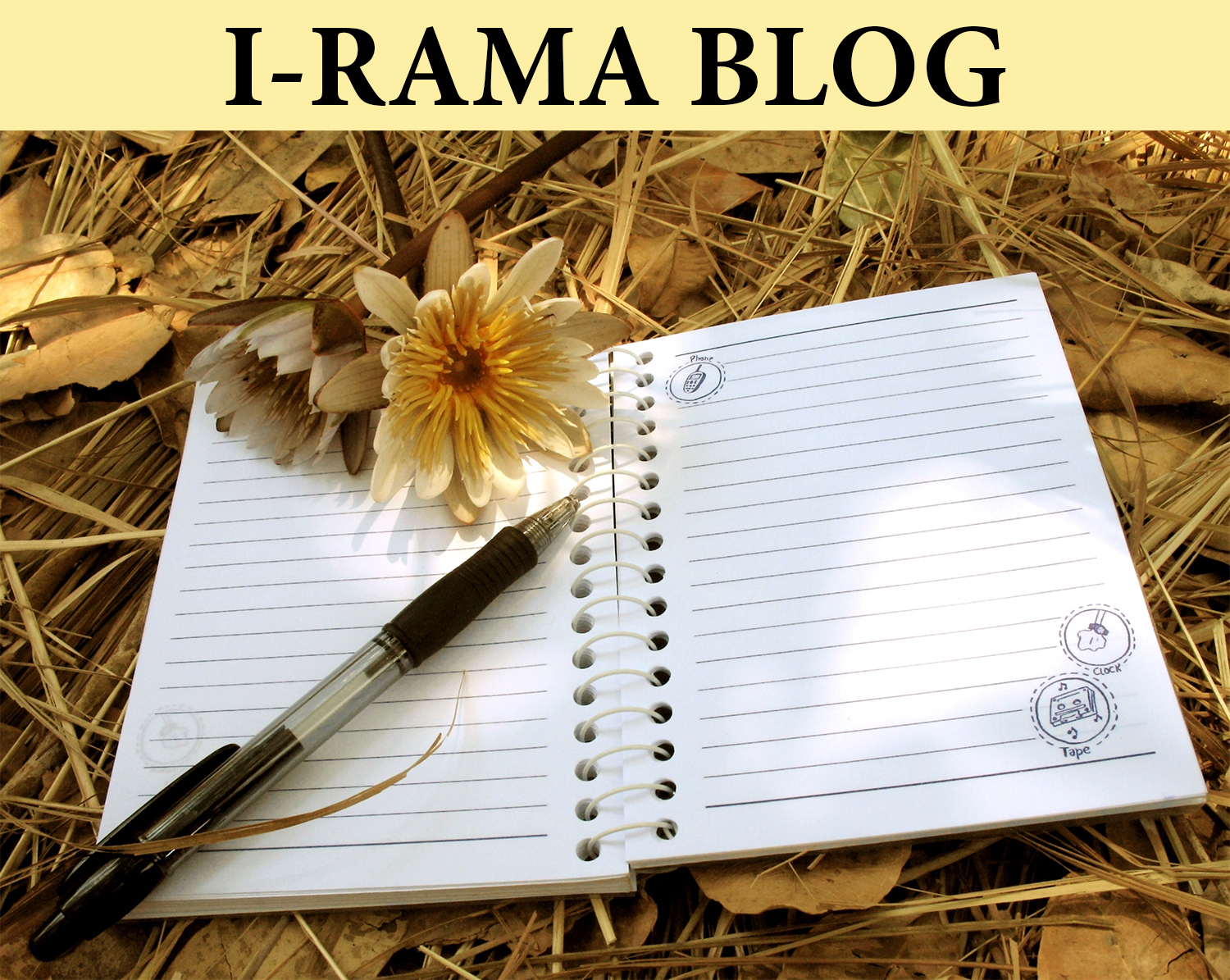
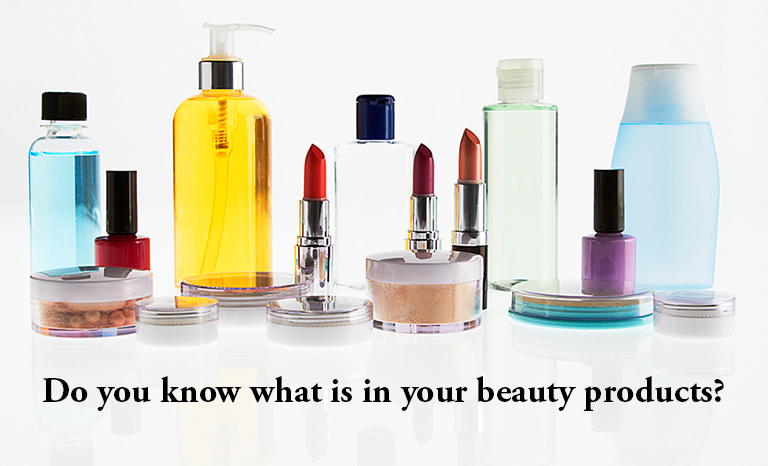
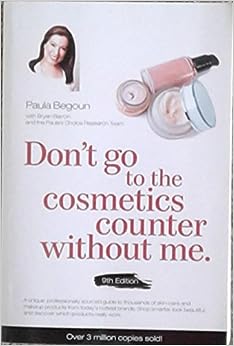
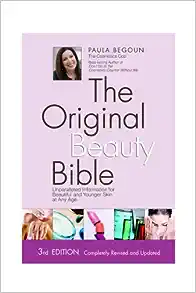
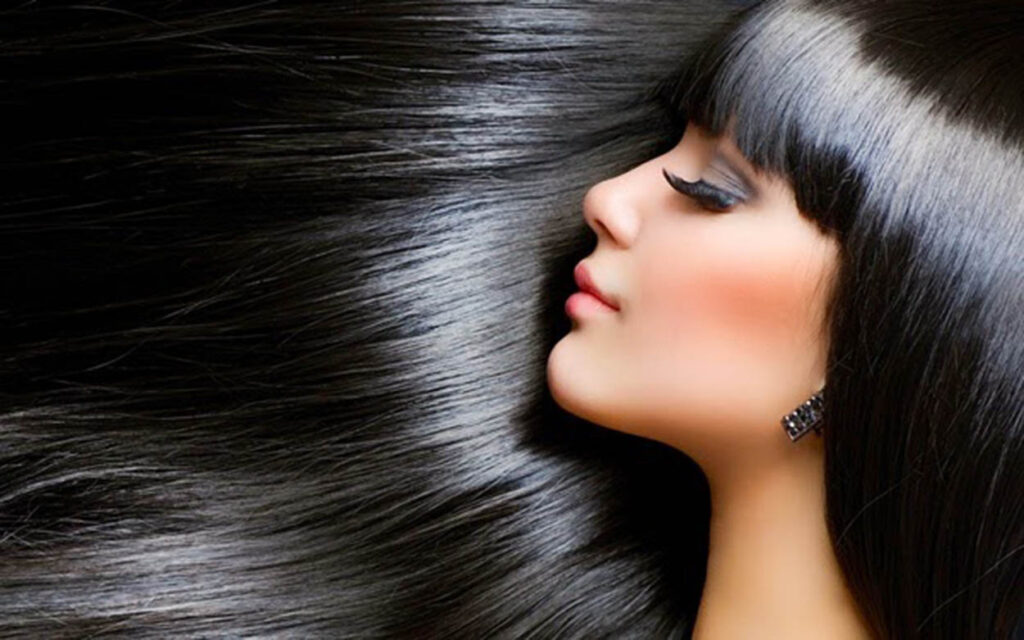
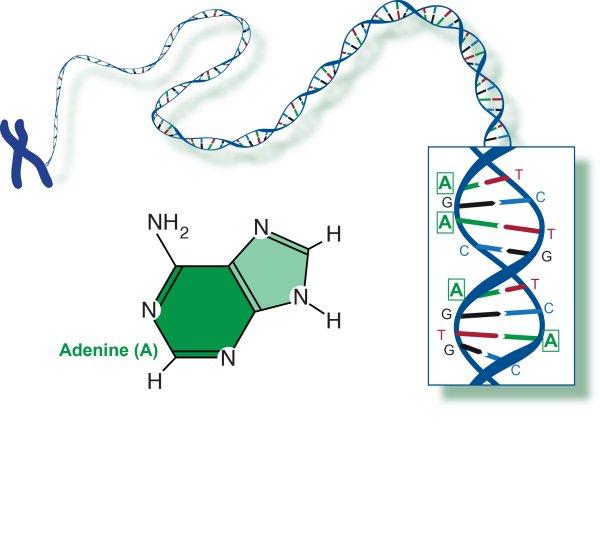
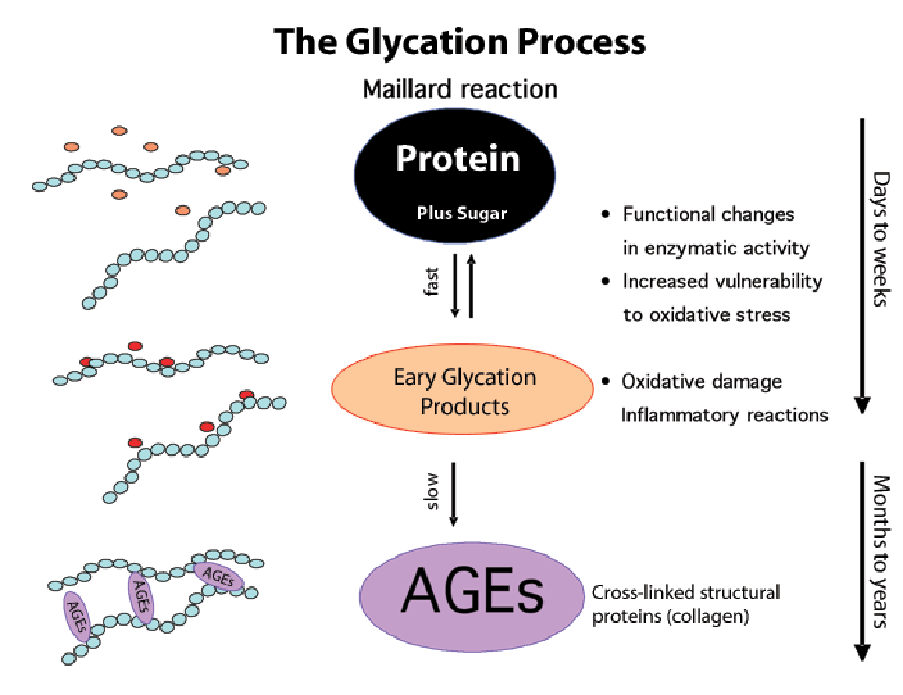
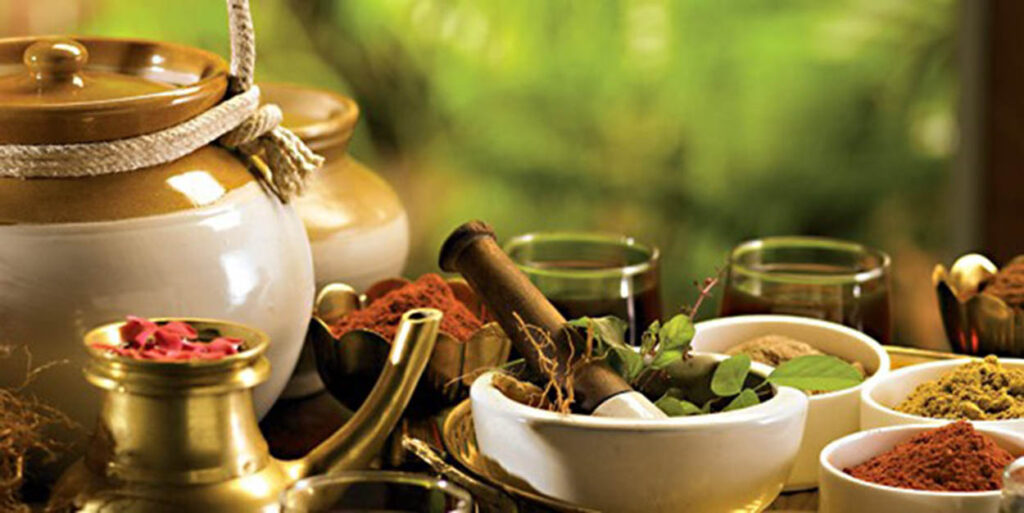
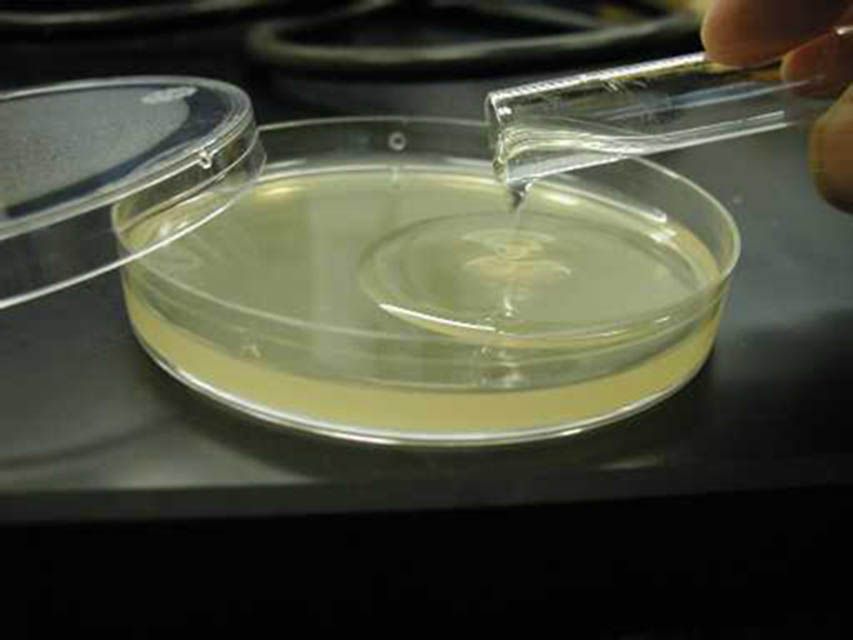
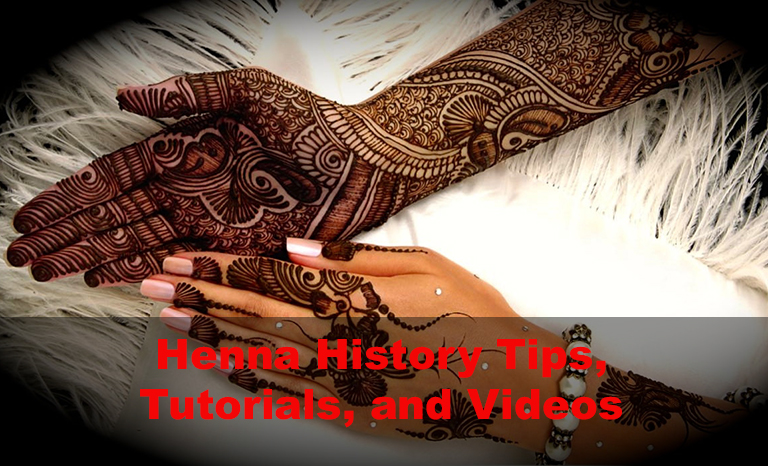
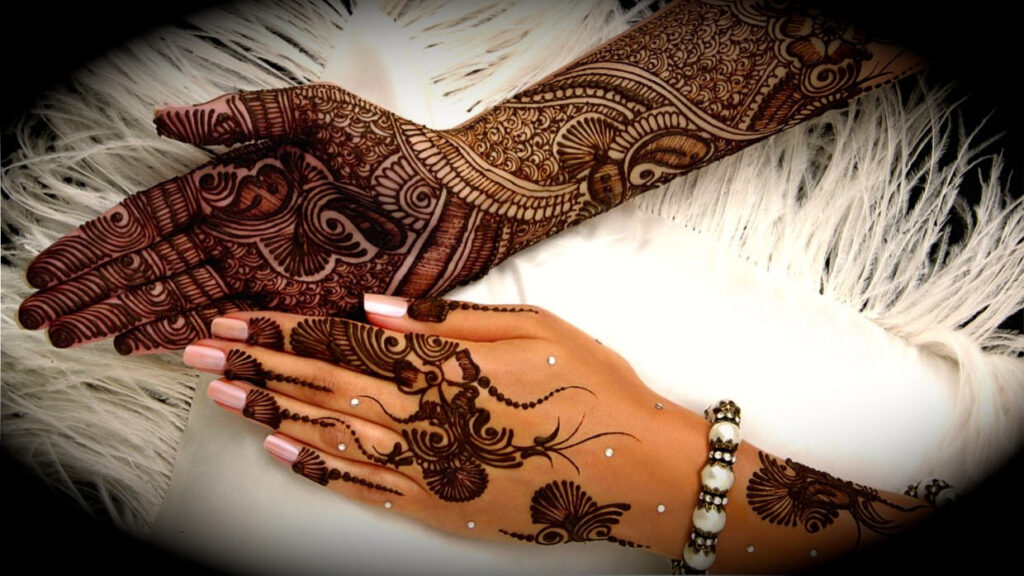
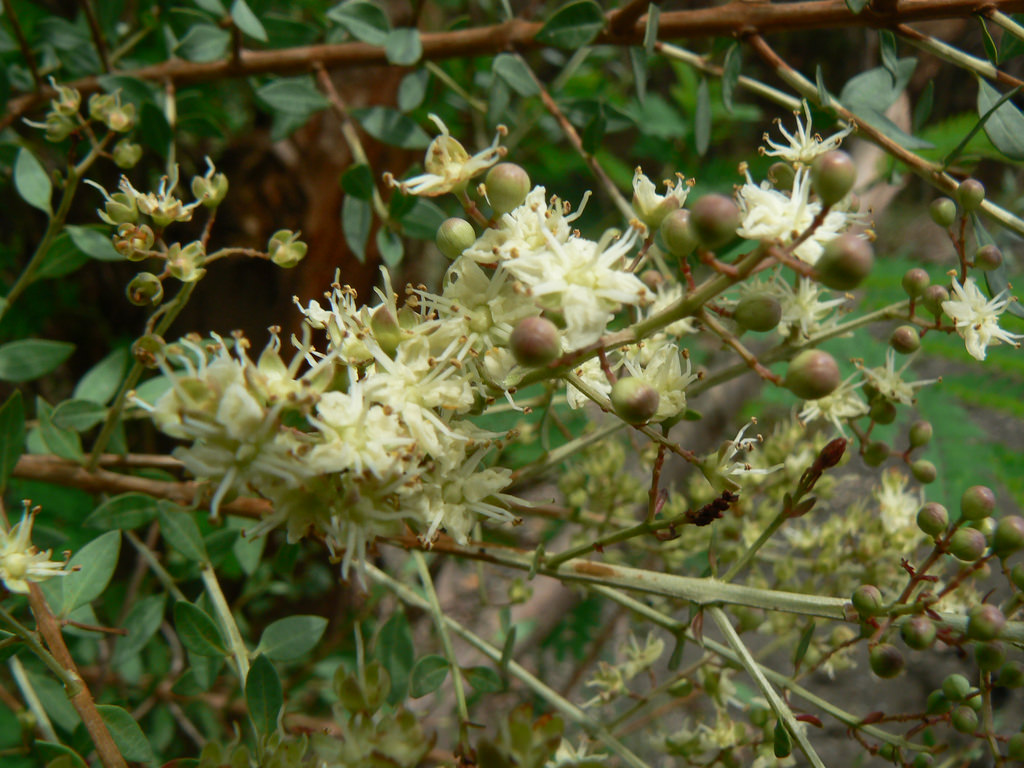 Henna (Lawsonia Sienna), also called henna tree is a flowering plant.
Henna (Lawsonia Sienna), also called henna tree is a flowering plant.